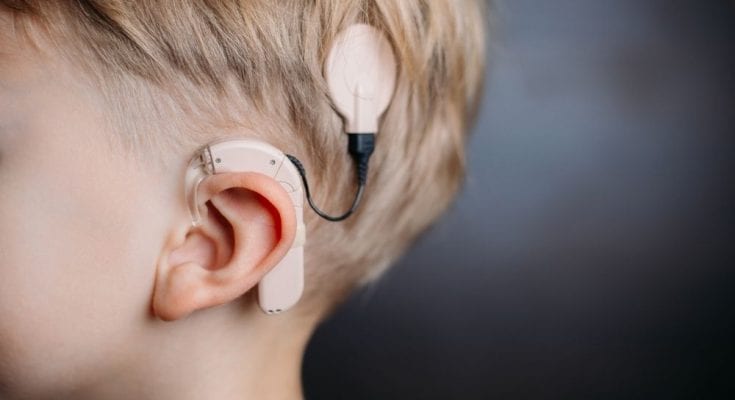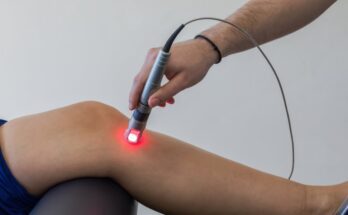America’s pursuit of outer space was never simply about the spirit of exploring the unexplored. It also had serious military implications as our cold war with our Communist rivals, the Soviet Union, rumbled on in the aftermath of World War II. As the USA and USSR locked horns in the now-legendary Space Race, many of the new inventions and processes we devised on the way to winning that race trickled down from military applications to civilian life. Let’s look back at a few of the inventions that came out of the Space Race that we benefit from every day here on Earth.
Freeze-Dried Food
Space shuttles must take on as little cargo as possible. As anyone who’s been on a diet can attest, the best way to shed weight in a hurry is to eliminate excess water. That’s exactly what NASA did. By freeze-drying food, scientists were able to preserve necessary nutrients at a small fraction of the original weight, meaning lighter loads for astronauts and delicious freeze-dried ice cream treats for us.
Satellite Television
The Soviets won one of the first legs of the Space Race—the 1957’s launch of the first human-made satellite into orbit, Sputnik. In response, NASA and private telecommunications firms collaborated on Telstar, which entered orbit in 1962 and sent and received television signals to and from Earth. Telstar made it possible for live broadcasts to air across the Atlantic Ocean. Today, satellite television makes thousands of television channels available to consumers. With any luck, there’s something good on at least one of them.
Cochlear Implants
NASA’s best and brightest were so dedicated to progress that they even worked on side projects during their lunch breaks. One such pursuit was the continued development of the modern cochlear implant. Though doctors in France had already invented the cochlear implant years prior, electronic engineer Adam Kissiah perfected the model by expanding its bandwidth to include 22 channels. This provided the best possible approximation of sound to people with congenital or progressive hearing loss. And they did all this while technically off the clock.
LASIK Surgery
One invention that came out of the Space Race that the nearsighted among us can be thankful for is the development of refractive surgery, or LASIK. Scientists built upon the eye-tracking devices they used to track astronauts’ eyes in order to form a key component of the surgical procedure. By tracking the eyes this way, scalpel or laser placement became more precise than ever.
FAQ
Who invented cochlear implants?
NASA’s best and brightest were so dedicated to progress that they even worked on side projects during their lunch breaks. One such pursuit was the continued development of the modern cochlear implant. Though doctors in France had already invented the cochlear implant years prior, electronic engineer Adam Kissiah perfected the model by expanding its bandwidth to include 22 channels. This provided the best possible approximation of sound to people with congenital or progressive hearing loss. And they did all this while technically off the clock.
Additional Resources:
Black Hole
Galaxy
Moon



